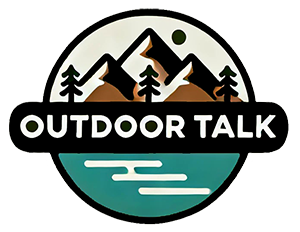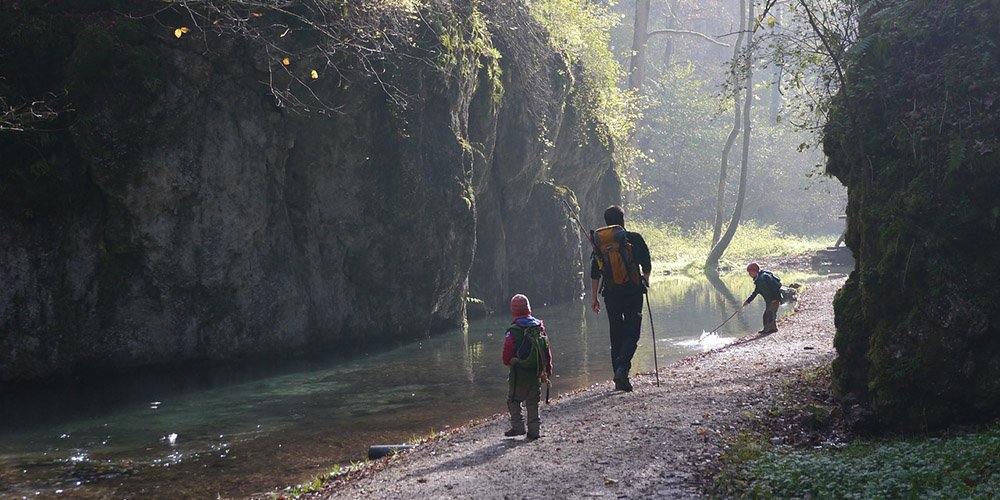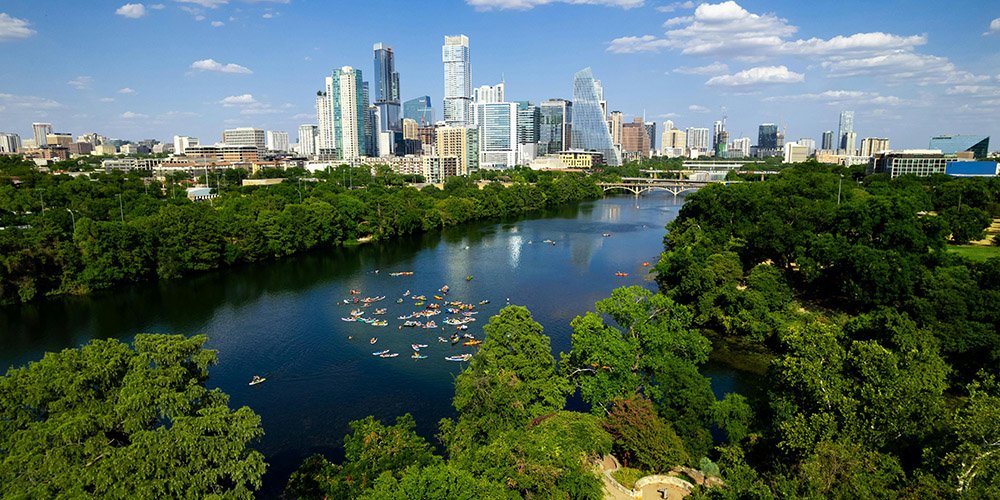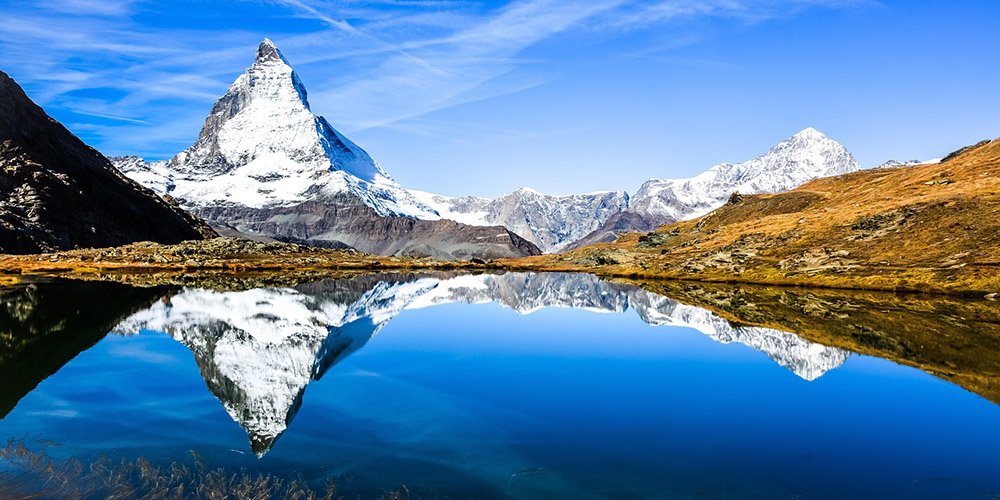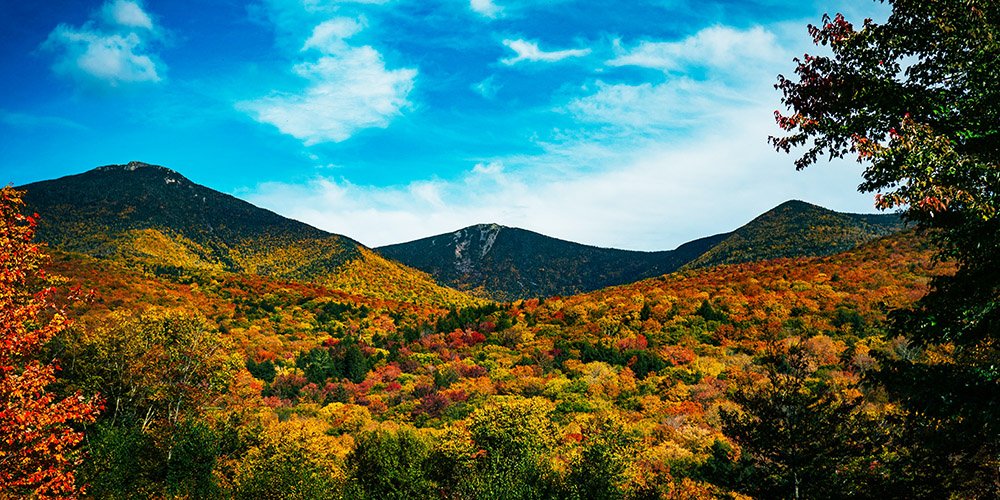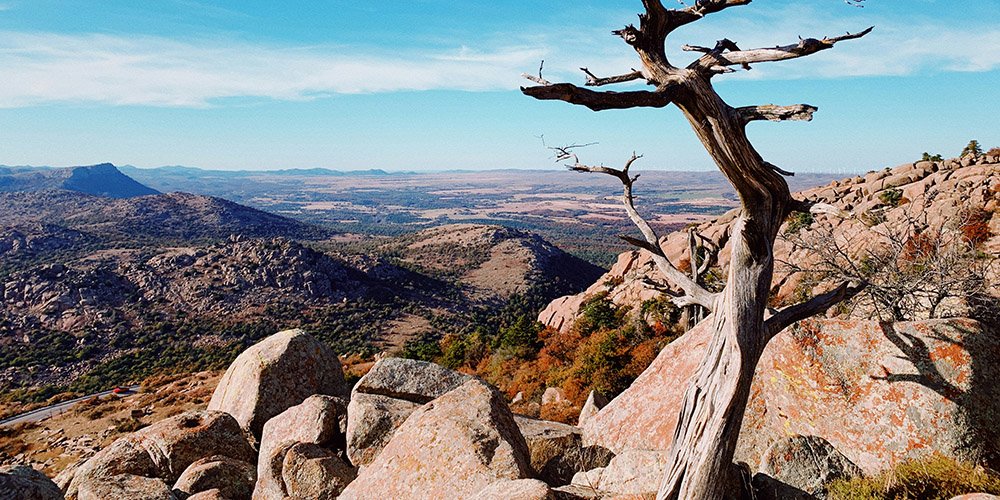Do Toddlers Need Hiking Shoes? A Parent’s Guide to Choosing the Right Footwear
When you’re planning a hike with your little one, choosing the right footwear can be just as important as selecting the right trail. Parents often wonder, “Do toddlers really need hiking shoes, or can they get by with regular sneakers?”
The answer depends on a variety of factors, including the type of terrain you’ll be exploring, the duration of your hikes, and your child’s walking stage. This guide aims to help you navigate these decisions, ensuring that your toddler stays safe, comfortable, and happy during your outdoor adventures.
Understanding Toddler Foot Development
Toddlers are at a crucial stage in their physical development, particularly when it comes to their feet. During the first few years of walking, a toddler’s feet are still developing their muscles, ligaments, and bones. This period is essential for building the strength and coordination needed for balance and mobility.
Flexible Soles for Muscle Development: The muscles in a toddler’s feet need to engage fully with the ground to strengthen properly. Shoes with flexible soles allow toddlers to feel the terrain beneath their feet, which helps in developing their sense of balance. Rigid shoes, on the other hand, can restrict natural movement, potentially leading to issues like weak arches or delayed motor skills.
Importance of Lightweight Shoes: Lightweight shoes are also crucial as they prevent additional strain on developing muscles. Heavier shoes can make it harder for toddlers to lift their feet, potentially leading to fatigue and frustration during longer walks.
Understanding these developmental needs helps in selecting shoes that support natural foot growth without compromising on protection.
Also read: Are Crocs Good for Hiking? Discover the Surprising Truth!
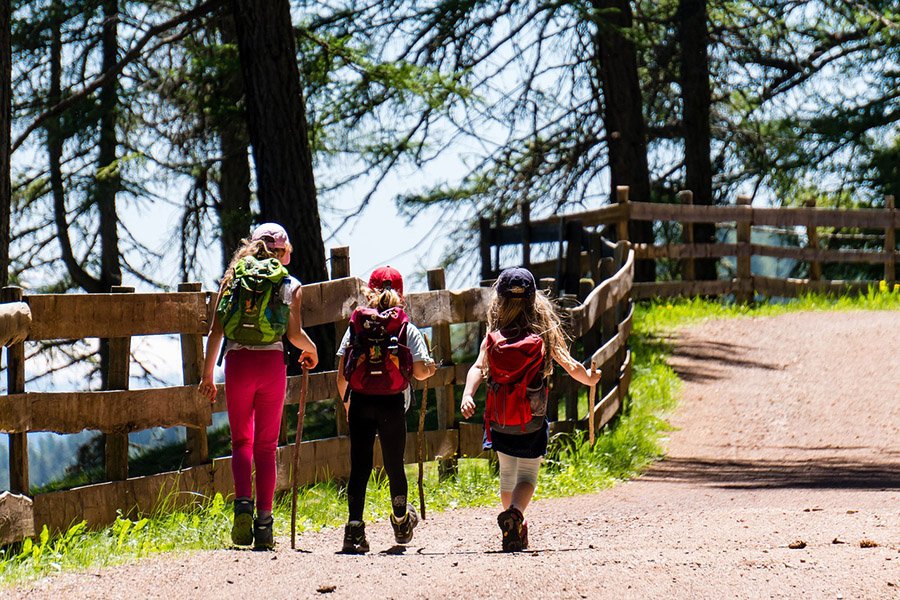
When Do Toddlers Need Hiking Shoes?
The need for hiking shoes depends on the type of outdoor activities you’re planning. For casual strolls on flat, even terrain—like a walk in the park—regular sneakers are usually sufficient. However, more challenging environments may require something more robust.
Occasional Walks vs. Regular Hikes: If your outdoor activities are limited to occasional walks on paved or well-maintained paths, then specialized hiking shoes might not be necessary. However, if you plan on hiking regularly, especially on uneven, rocky, or muddy trails, hiking shoes become more beneficial.
Key Scenarios for Hiking Shoes: Hiking shoes are particularly useful in scenarios where the terrain is unpredictable. For instance, rocky trails with loose gravel, muddy paths after rain, or routes that involve stream crossings can all be hazardous without the proper footwear. Hiking shoes provide the grip and stability needed to navigate these conditions safely.
In summary, if your hikes involve more than just a flat path, investing in a good pair of hiking shoes for your toddler is advisable.
Key Features to Look for in Toddler Hiking Shoes
Not all hiking shoes are created equal, and it’s important to choose a pair that meets the specific needs of your toddler.
- Traction and Grip: The soles of toddler hiking shoes should have deep grooves and a sturdy rubber composition to provide excellent traction. This feature is crucial for preventing slips and falls, especially on wet or uneven surfaces.
- Support and Comfort: Look for shoes with adequate arch support and cushioning. A well-supported foot is less likely to experience discomfort or fatigue, making it easier for your toddler to keep up on longer hikes. Shoes with padded collars and tongues also add an extra layer of comfort.
- Durability and Protection: Hiking shoes should offer protection against common trail hazards like sharp rocks, thorny bushes, or uneven ground. Reinforced toes, often found in brands like KEEN and Merrell, are particularly useful for shielding little toes from injuries.
- Breathability and Quick-Drying: Depending on the climate and terrain, you might also want to consider how breathable the shoe is. For warmer weather or hikes that involve water, breathable materials and quick-drying properties are essential to keep your toddler’s feet cool and dry.
Choosing hiking shoes with these features ensures that your toddler’s feet are well-protected without compromising on comfort.
Also read: What to Wear When Hiking in Summer: Complete Guide
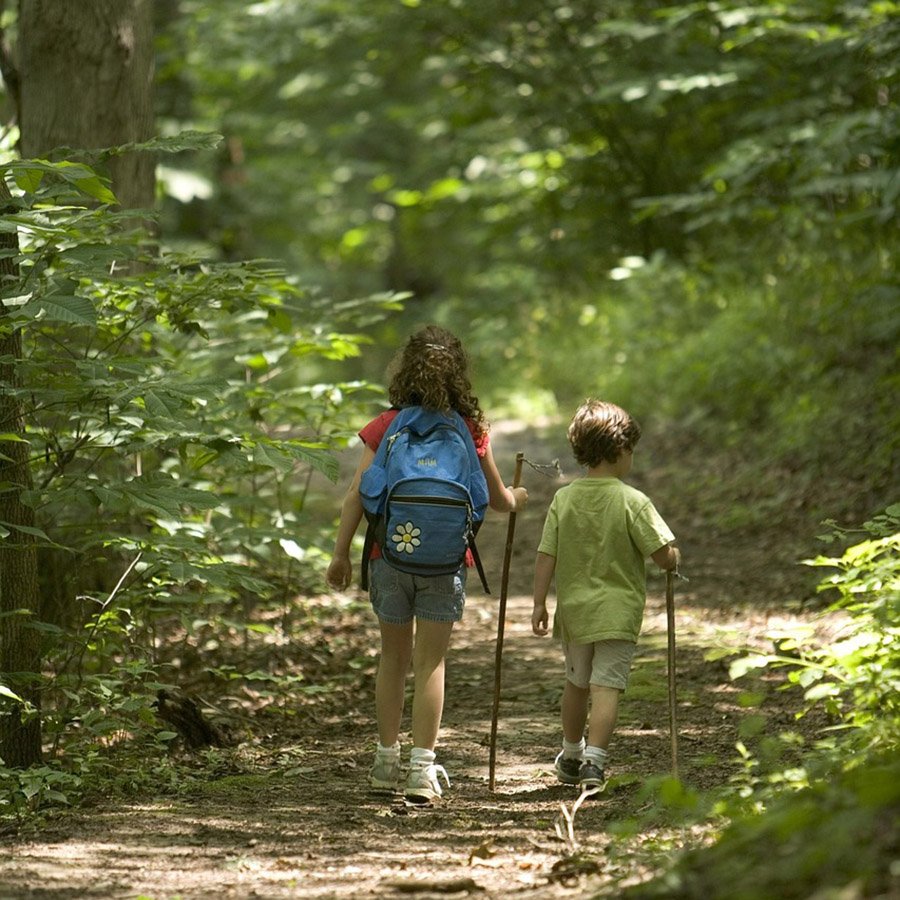
Types of Toddler Hiking Shoes
Hiking shoes for toddlers come in various styles, each suited for different types of adventures.
- Hiking Boots: These are ideal for more challenging hikes. They provide excellent ankle support, which is crucial for preventing injuries on uneven terrain. However, they are often heavier and less flexible than other types of shoes, which might be a drawback for very young or less experienced walkers.
- Hiking Sandals: Perfect for warm weather hikes that may involve water, hiking sandals offer the best of both worlds—protection and ventilation. Brands like KEEN are popular for their durable, quick-drying sandals that can handle both trails and water crossings.
- Hybrid Shoes: If you’re looking for something versatile, hybrid shoes combine the flexibility and comfort of sneakers with the durability and protection of hiking boots. The Merrell Trail Chaser is a great example, offering good traction and support while remaining lightweight and easy to wear.
Understanding the different types of hiking shoes available will help you choose the best option for your specific needs.
Pros and Cons of Investing in Toddler Hiking Shoes
Like any purchase, hiking shoes come with their own set of advantages and disadvantages.
Pros
- Enhanced Safety: The primary benefit of hiking shoes is the enhanced safety they offer. With better traction, support, and protection, your toddler is less likely to slip, trip, or get injured on the trail.
- Durability: High-quality hiking shoes are built to withstand rough conditions, making them a good long-term investment for families who hike frequently.
- Comfort for Long Hikes: With proper cushioning and support, hiking shoes can make longer hikes more comfortable for your toddler, reducing the likelihood of blisters and sore feet.
Cons
- Cost: Hiking shoes are generally more expensive than regular sneakers, and if you’re not hiking often, this could be a significant downside.
- Limited Use: Unlike everyday shoes, hiking shoes might not get much use outside of hiking, which could be a consideration if your toddler outgrows them quickly.
- Potential Discomfort: Some toddlers might find hiking shoes less comfortable than their regular footwear, particularly if the shoes are too stiff or heavy.
Also read: Day Hiking Essentials Checklist: Exactly What to Bring
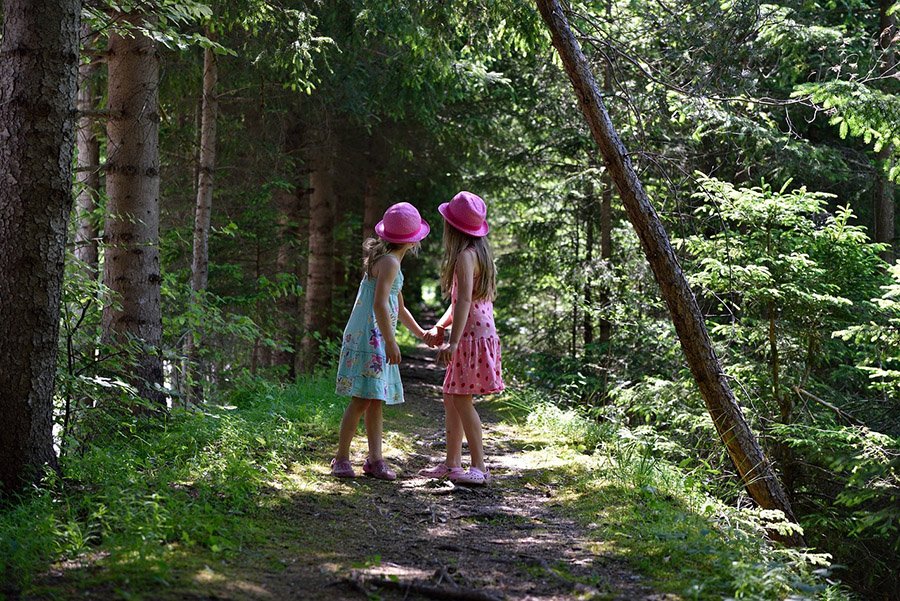
Budget-Friendly Alternatives
If you’re concerned about the cost of hiking shoes, there are budget-friendly alternatives that still provide good protection and comfort.
Affordable Brands: Brands like Mishansha offer water-resistant hiking boots for toddlers at a more affordable price point. These boots provide essential features like traction and durability without breaking the bank.
Buying Used Shoes: For toddlers who outgrow shoes quickly, buying used hiking shoes can be a cost-effective option. Early walkers are light enough that used shoes generally won’t cause issues, as long as they fit well and are in good condition.
These alternatives allow you to equip your toddler for the trail without a significant investment.
Tips for Choosing the Right Hiking Shoes for Your Toddler
Selecting the right pair of hiking shoes involves more than just picking a popular brand. Here are some tips to ensure you make the best choice:
Fit and Comfort: It’s important to try shoes on in-store whenever possible. Look for a fit that is snug but not too tight, with enough room for your toddler to wiggle their toes. Pay attention to the width as well—some toddlers may need shoes that cater to wide or narrow feet.
Seasonal Considerations: Choose shoes based on the season and hiking conditions. Waterproof boots are ideal for wet, cold conditions, while breathable sandals or hybrid shoes are better suited for warm weather.
Maintenance and Care: To extend the life of your toddler’s hiking shoes, clean them regularly and allow them to dry completely after each use. This helps prevent odors and maintains the integrity of the materials.
These tips will help ensure that your toddler’s hiking shoes are both comfortable and long-lasting.
Conclusion
In conclusion, while not every toddler needs hiking shoes, they can be a valuable investment for families who frequently hike or explore rugged terrains. The right pair of hiking shoes provides the support, protection, and comfort necessary to make outdoor adventures safe and enjoyable for your little one. By considering your child’s walking stage, the type of terrain you’ll be exploring, and your budget, you can make an informed decision about whether hiking shoes are the right choice for your toddler.
Frequently Asked Questions
Do toddlers need hiking shoes for light trails?
Not necessarily. For light trails, regular sneakers with good traction might be sufficient.
How do I know if the hiking shoes fit my toddler properly?
The shoes should fit snugly without being too tight, with enough room for the toes to move. Always have your child try on the shoes before purchasing.
Are hiking sandals a good alternative for warm weather?
Yes, hiking sandals can be a great option for warm weather, especially if you’ll be crossing streams or hiking near water.
What are the best budget-friendly hiking shoes for toddlers?
Brands like Mishansha offer affordable options that still providehigh-quality features, such as good grip and durability.
